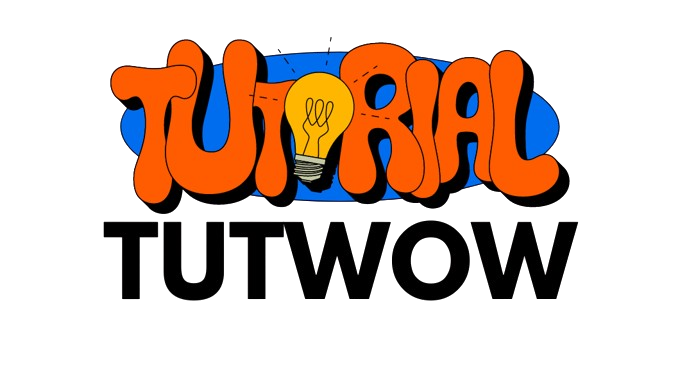Understanding the Journey: Converting User Pain Points into Profitable Blog Content
In today’s digital landscape, successful blogging isn’t just about creating content—it’s about solving real problems. By identifying and addressing user challenges, bloggers can transform common frustrations into valuable resources that drive traffic, engagement, and revenue.
Why User Problems Matter in Blogging
User problems are goldmines for content creators. When people encounter difficulties, they turn to search engines for solutions. By positioning your blog as the answer to these queries, you can:
• Attract targeted organic traffic
• Build credibility in your niche
• Create meaningful connections with readers
• Generate sustainable revenue streams
• Establish thought leadership
Identifying User Pain Points
Research Methods for Understanding User Challenges
1. Social Media Monitoring
– Track relevant hashtags
– Monitor industry discussions
– Analyze competitor mentions
– Engage in community conversations
2. Keyword Research Tools
• Google Keyword Planner
• SEMrush
• Ahrefs
• AnswerThePublic
• Ubersuggest
3. Forum Analysis
– Reddit threads
– Quora questions
– Industry-specific forums
– Facebook groups
Tools for Pain Point Discovery
Popular Research Tools:
✓ BuzzSumo
✓ Google Trends
✓ Social Mention
✓ HootSuite Insights
✓ Mention
Converting Problems into Content Opportunities
Content Framework Development
1. Problem Identification
– Clear problem statement
– Impact assessment
– Target audience definition
2. Solution Development
– Step-by-step guides
– Expert insights
– Practical examples
– Case studies
3. Content Format Selection
• How-to articles
• Tutorial videos
• Infographics
• Podcasts
• Interactive tools
Content Enhancement Strategies
• Include real-world examples
• Add expert quotes
• Incorporate data and statistics
• Use visual aids
• Provide actionable steps
Optimizing Content for Search Engines
SEO Best Practices
1. Keyword Optimization
– Primary keyword placement
– Secondary keyword integration
– Long-tail keyword targeting
– LSI keyword incorporation
2. Technical SEO
• Mobile optimization
• Page speed improvement
• Schema markup
• XML sitemap creation
• Robot.txt optimization
3. On-Page SEO
– Meta descriptions
– Title tags
– Header optimization
– Image alt text
– Internal linking
Tools for SEO Success
Recommended SEO Tools:
• Yoast SEO
• RankMath
• Google Search Console
• Moz Pro
• Screaming Frog
Content Promotion and Distribution
Multi-Channel Promotion Strategy
1. Social Media Platforms
– LinkedIn
– Twitter
– Facebook
– Instagram
– Pinterest
2. Email Marketing
• Newsletter segmentation
• Automated sequences
• A/B testing
• Personalization
• Analytics tracking
3. Content Syndication
– Medium
– LinkedIn Articles
– Industry publications
– Guest posting
Promotion Tools and Platforms
✓ Buffer
✓ Mailchimp
✓ ConvertKit
✓ SocialPilot
✓ MeetEdgar
Measuring Success and ROI
Key Performance Indicators (KPIs)
1. Traffic Metrics
– Pageviews
– Unique visitors
– Time on page
– Bounce rate
– Exit rate
2. Engagement Metrics
• Comments
• Social shares
• Email signups
• Click-through rates
• Conversion rates
3. Revenue Metrics
– Affiliate income
– Ad revenue
– Product sales
– Sponsored content
– Consulting opportunities
Analytics Tools
Essential Analytics Platforms:
• Google Analytics
• Clicky
• Matomo
• Heap
• Mixpanel
Monetization Strategies
Revenue Generation Methods
1. Direct Monetization
– Display advertising
– Affiliate marketing
– Digital products
– Online courses
– Coaching services
2. Indirect Monetization
• Lead generation
• Consulting
• Speaking engagements
• Brand partnerships
• Sponsored content
3. Passive Income Streams
– Membership sites
– Premium content
– Digital downloads
– Software tools
– Template packages
Building Community and Engagement
Community Development Strategies
1. Engagement Tools
– Comments section
– Forums
– Facebook groups
– Discord servers
– Slack channels
2. User-Generated Content
• Testimonials
• Case studies
• Success stories
• Guest posts
• Community challenges
3. Relationship Building
– Email outreach
– Social interaction
– Virtual events
– Webinars
– Masterminds
Advanced Content Creation Techniques
Content Enhancement Methods
1. Multimedia Integration
– Videos
– Podcasts
– Infographics
– Interactive elements
– Downloadable resources
2. Content Upgrades
• Checklists
• Templates
• Worksheets
• eBooks
• Resource lists
3. Expert Collaboration
– Interviews
– Roundups
– Co-created content
– Industry partnerships
– Expert quotes
Conclusion
Transforming user problems into blogging success requires a strategic approach combining thorough research, quality content creation, and effective promotion. By following the frameworks and implementing the tools outlined above, bloggers can create valuable resources that solve real problems while building sustainable online businesses.
Success in this endeavor comes from:
• Consistent problem identification
• Quality solution development
• Strategic content optimization
• Effective promotion
• Regular performance analysis
• Community engagement
Frequently Asked Questions (FAQs)
Q: How do I identify the most pressing user problems in my niche?
A: Use a combination of keyword research tools, social media monitoring, forum analysis, and direct user feedback through surveys and comments to identify common pain points in your niche.
Q: How long does it take to see results from problem-solving content?
A: Results vary depending on factors like competition, content quality, and promotion efforts. Typically, expect to see meaningful results within 3-6 months of consistent effort.
Q: What’s the best way to monetize problem-solving content?
A: Start with affiliate marketing and display ads, then progress to creating your own products or services based on user needs and feedback.
Q: How often should I publish problem-solving content?
A: Quality matters more than quantity. Aim for 1-2 well-researched, comprehensive pieces per week rather than daily superficial content.
Q: How can I ensure my content remains relevant over time?
A: Regularly update existing content with new information, examples, and solutions. Monitor industry changes and user feedback to keep content fresh and valuable.
Q: What’s the most important aspect of creating problem-solving content?
A: Understanding your audience’s needs and providing practical, actionable solutions that deliver real value is crucial for success.

